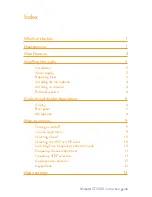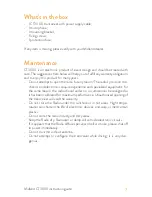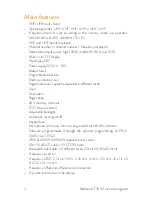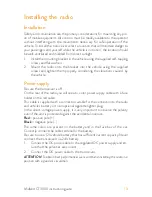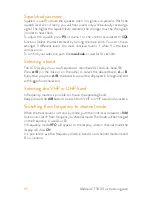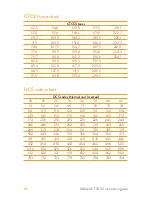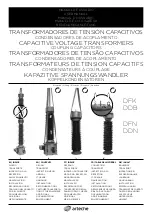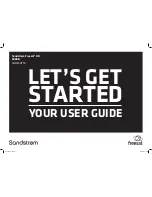
Midland CT3000 instruction guide
| 3
Installing the radio
Installation
Safety and convenience are the primary considerations for mounting any pie-
ce of mobile equipment. All controls must be readily available to the operator
without interfering with the movements necessary for safe operation of the
vehicle. To install the transceiver select a location that will minimize danger to
your passengers and yourself while the vehicle is in motion; the location should
be well-ventilated and shielded from direct sunlight.
1. Install the mounting bracket in the vehicle using the supplied self-tapping
screws and flat washers.
2. Mount the radio onto the bracket into the vehicle using the supplied
screws and tighten them properly considering the vibrations caused by
the vehicle.
Power supply
Be sure the transceiver is off.
On the rear of the radio you will see a bi-color power supply cable with a fuse
holder on the red cable.
This cable is supplied with a connector suitable for the connection to the radio
and vehicle’s battery or to an optional cigarette lighter plug.
In the direct-voltage power supply, it is very important to observe the polarity
even if the unit is protected against the accidental inversion.
Red
= positive pole (+)
Black
= negative pole (-)
The same colors are present on the battery and in the fuse box of the car.
Correctly connect the cable terminal to the battery.
Be sure to use a 12V vehicle battery that has sufficient current capacity. Never
connect the transceiver to a 24V battery.
1. Connect the DC power cable to the regulated DC power supply and en-
sure that the polarities are correct.
2. Connect the DC power cable to the transceiver.
ATTENTION:
To obtain best performances we recommend installing the radio in a
position with a good air circulation.


